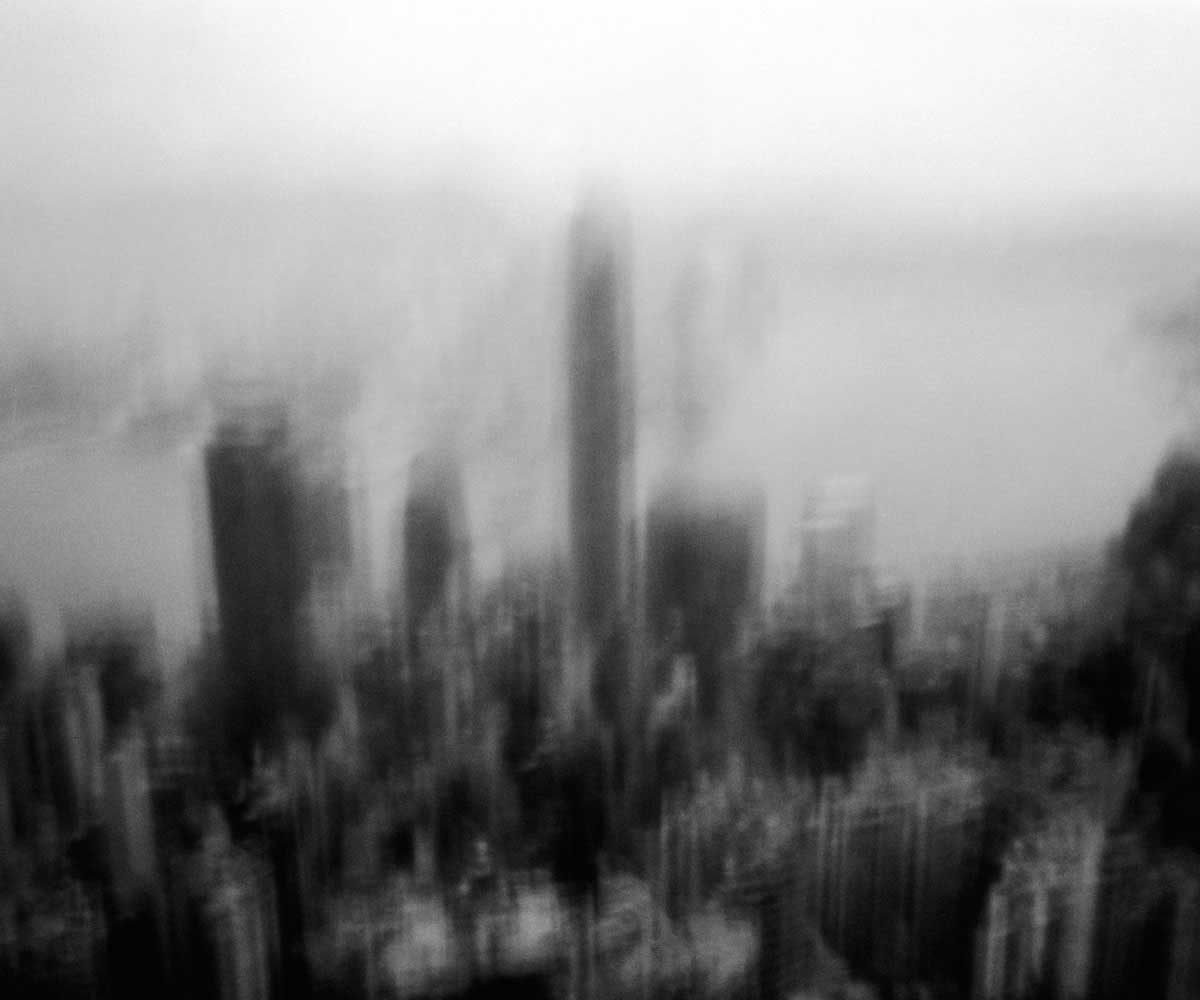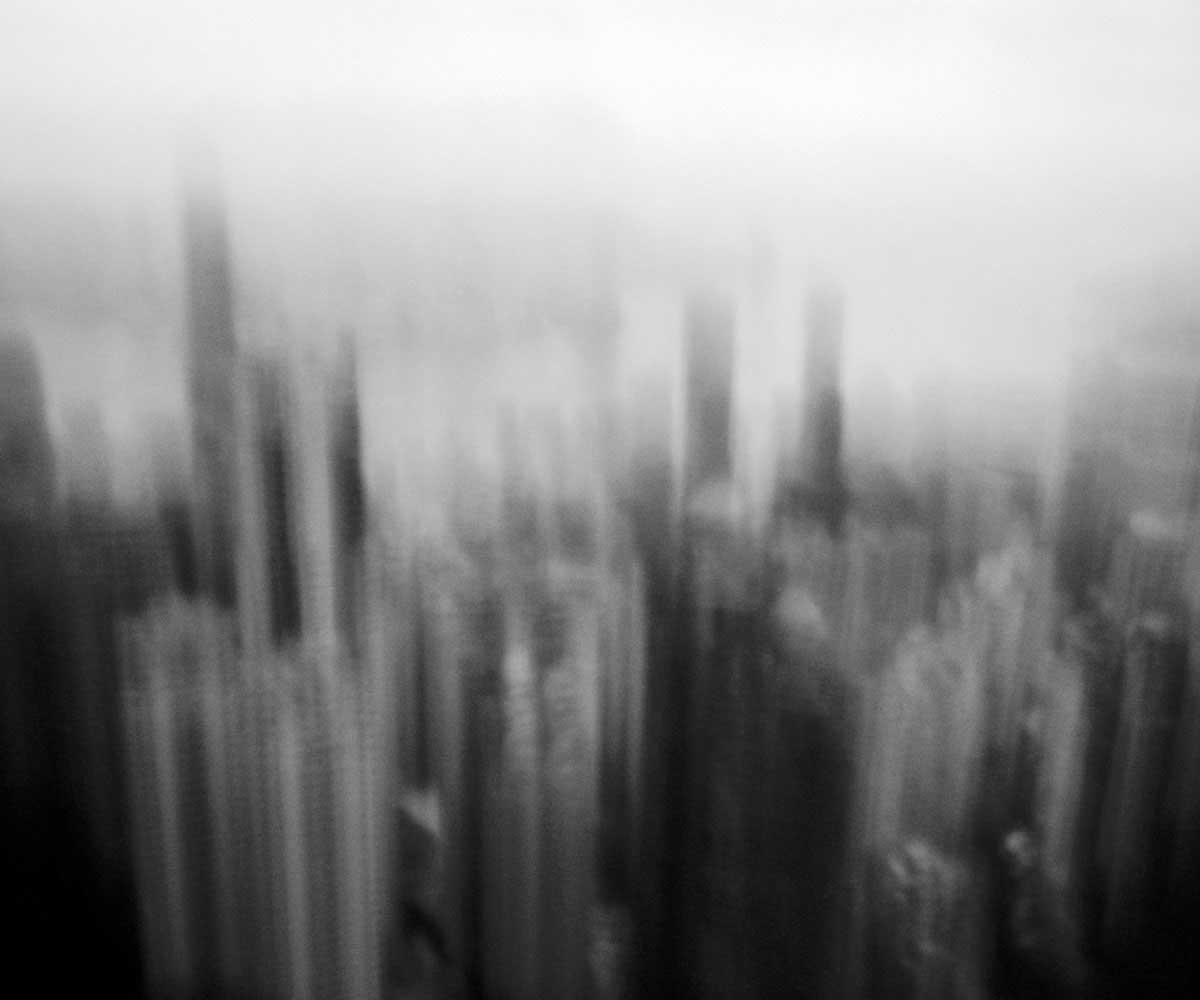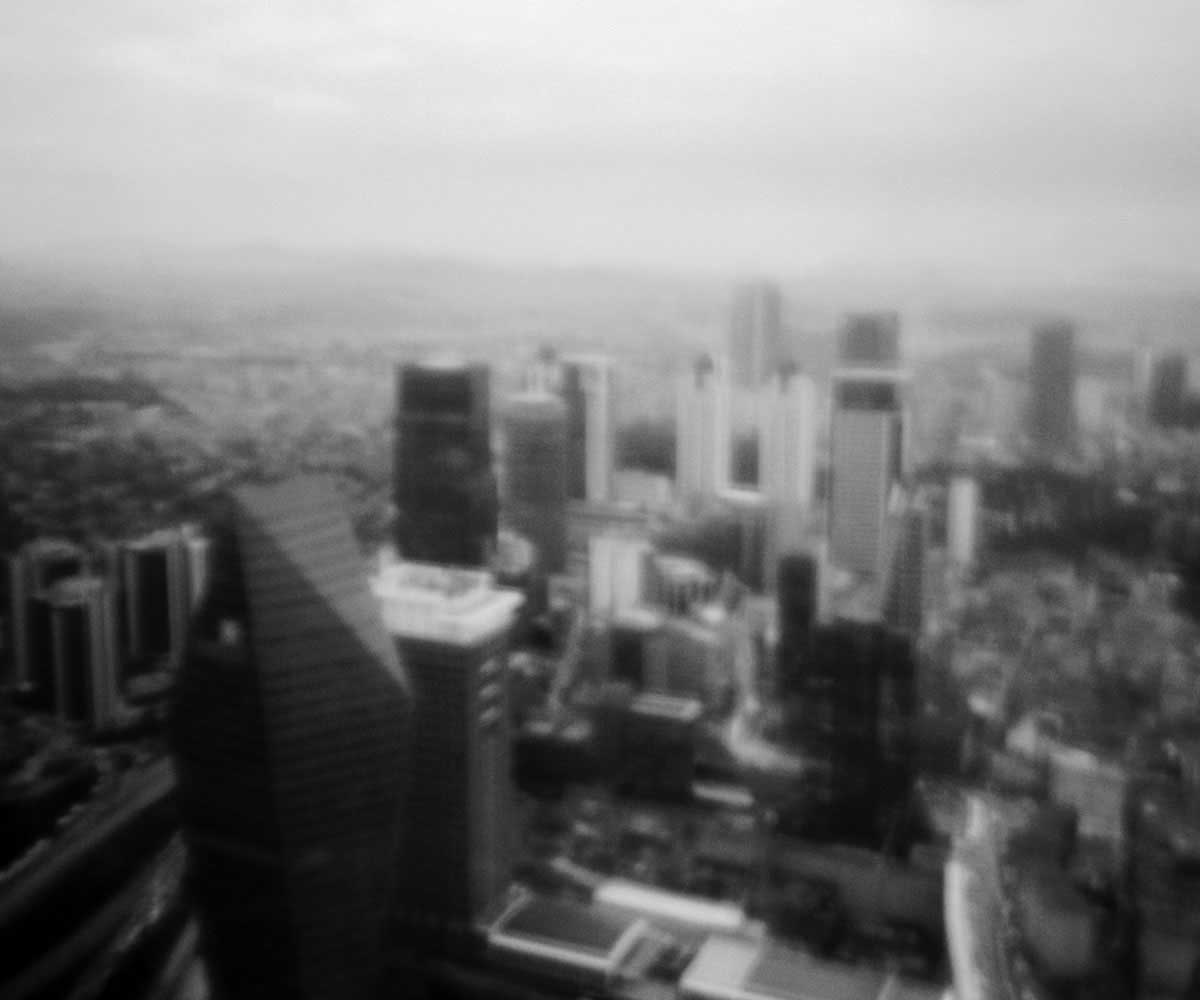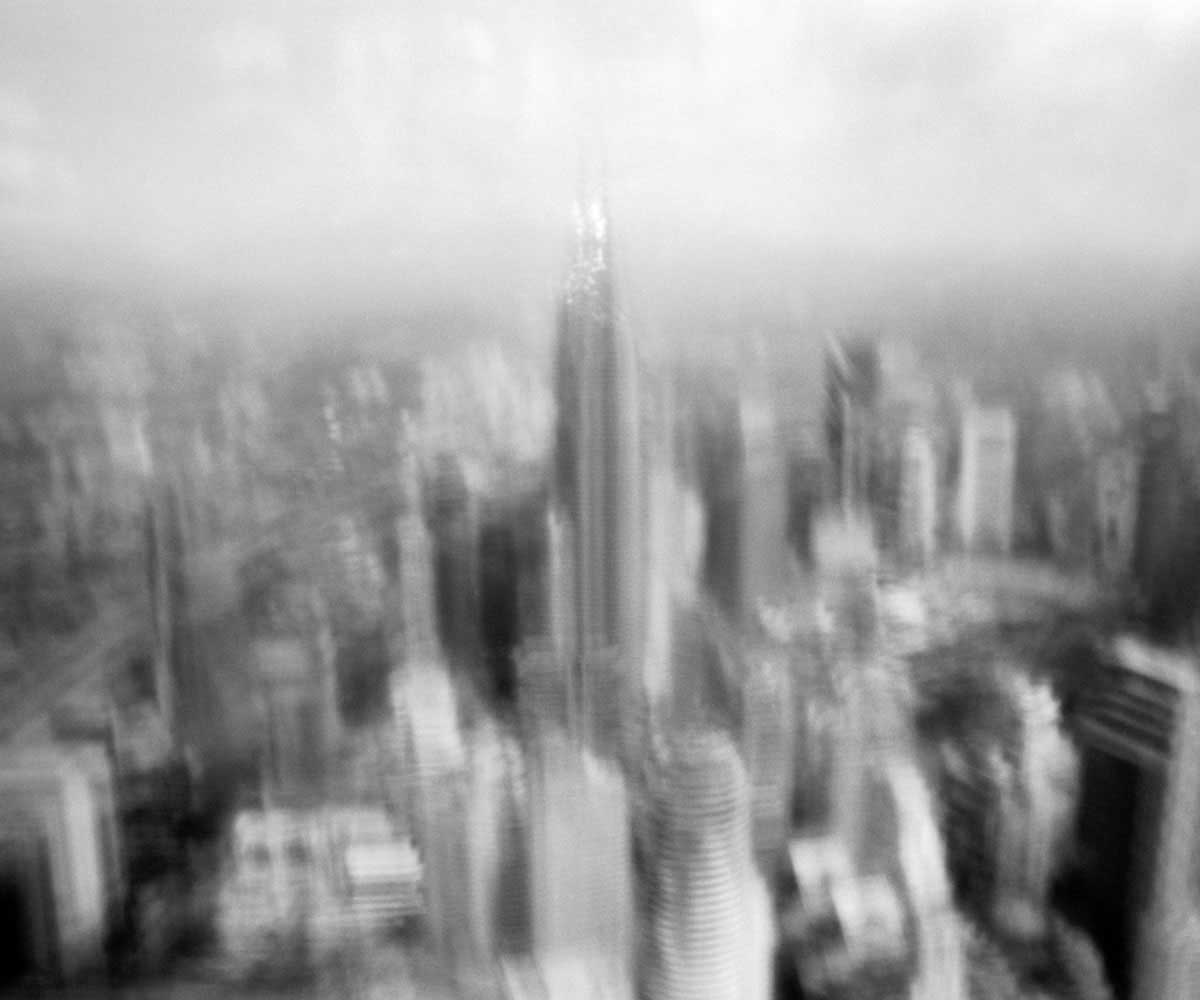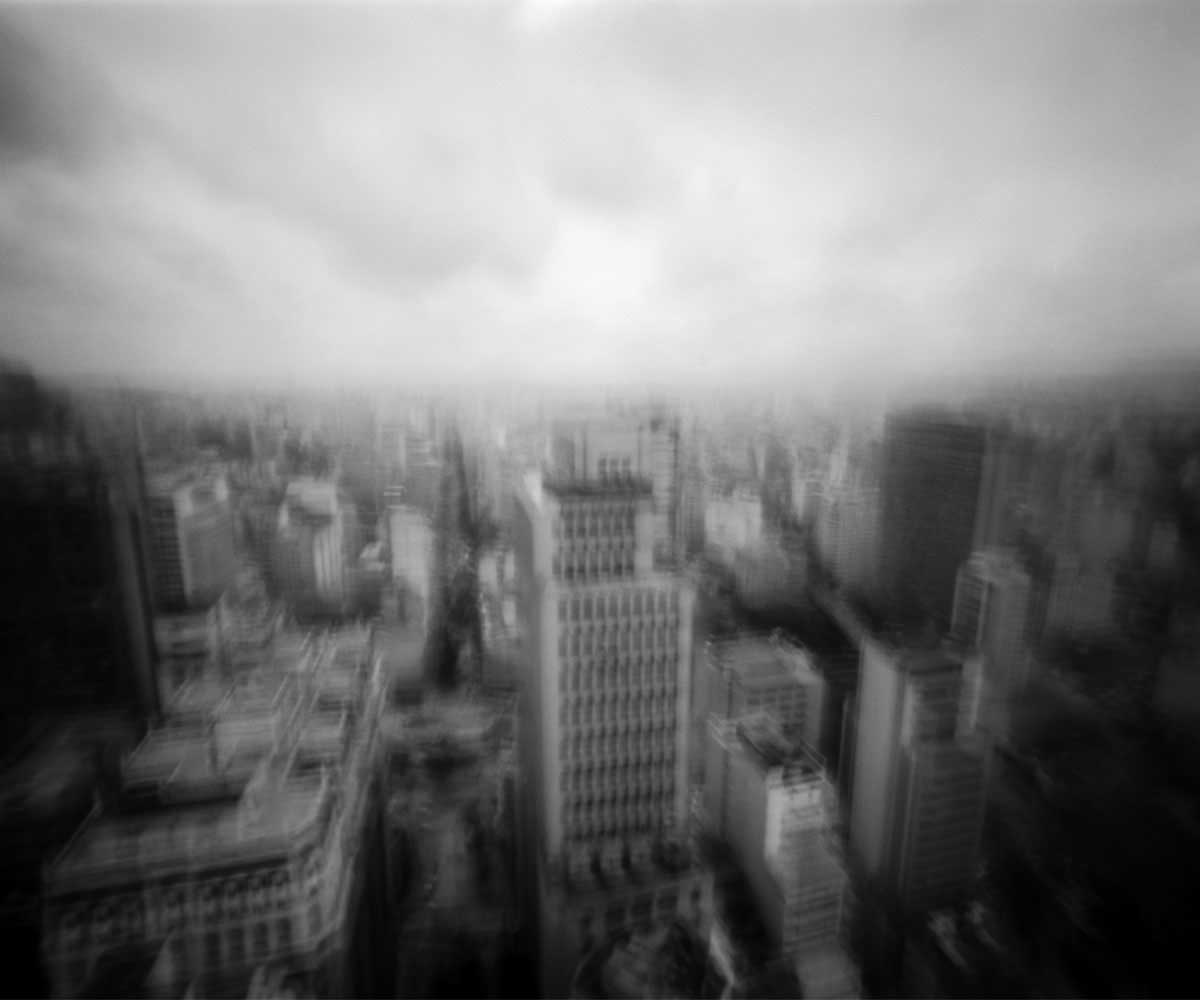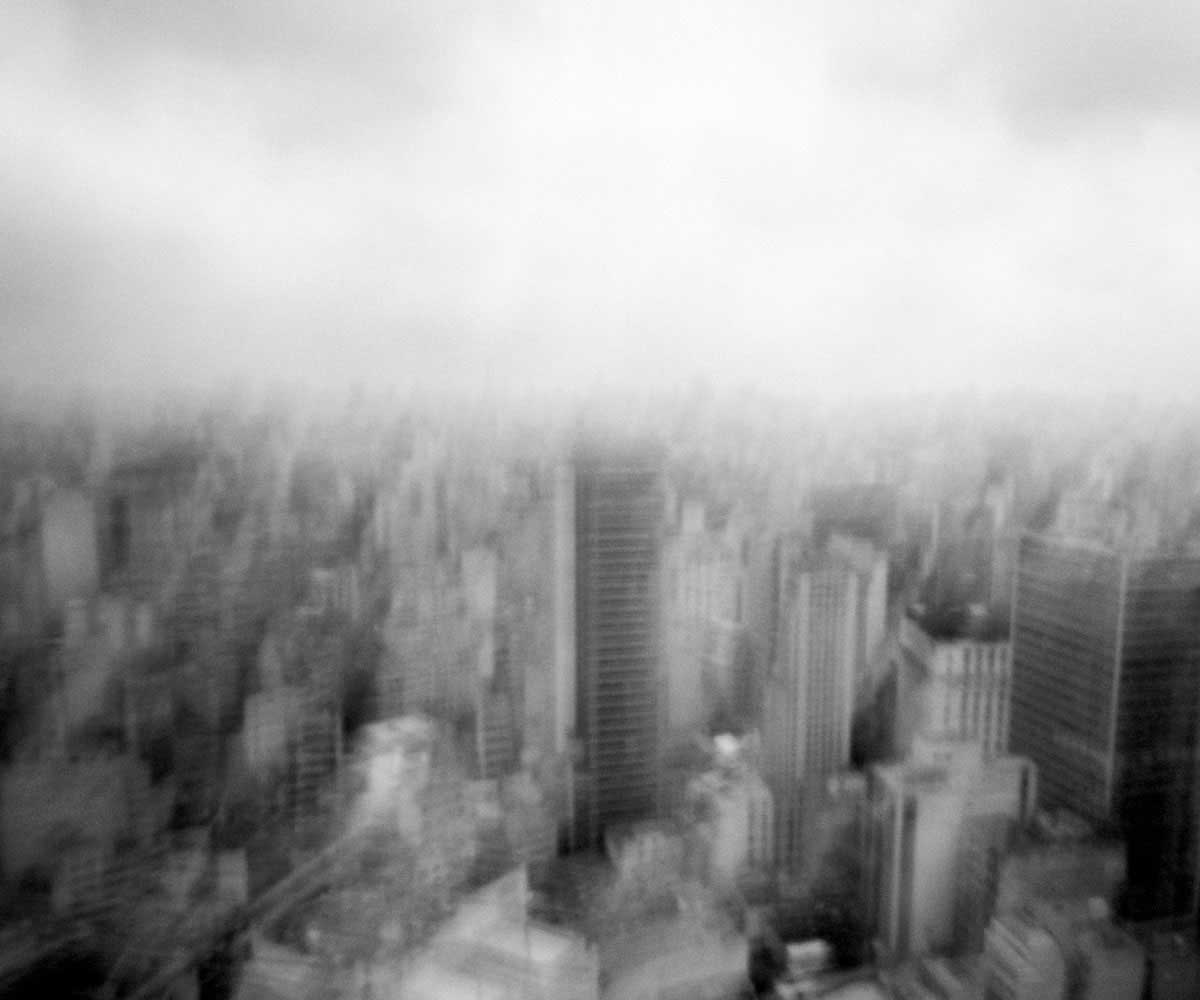Attracted by the dynamic pulsation of the cities, people float like magic into the big metropolic areas all around the globe.
Driven by their hopes and dreams that they hope to be fulfilled in those gigantic urban centers. Every single day these expectations cover this endless growing bulk of traffic and architecture. This closely woven tie of structure and chaos, that floats like a sea of concrete and steel over the earth’s surface. A constantly changing biosphere, a never ending circle of decay and reconstruction. A circle of live. With every single inhabitant more, the question of aesthetics capitulates more under the diktate of pure size.
About Markus Kaesler
Markus Kaesler ( *1977 ) grew up in a working class environment, where photography was not part of the daily life routine. His fascination about photography started during highschool days, when he discovered traditional black and white photography and darkroom work. Since then, his passion for photography grew constantly. In his mid-twenties, after a couple of years working and studying abroad, he did an apprenticeship in photography. Trained with analogue materials he still remains an enthusiast about darkroom work and the unique qualities of classic material.
Believing in something he calls visual haptic, he puts emphasis on traditional materials, as well as on reduction. Reduction on different levels; not only in the composition of his images, but also in process of creating these images. He is still fascinated by the possibilities that are offered by the involvement with most basic photographic methods. In his eyes, photography is an art of storytelling. Therefore most of his work are conceptual longterm projects. He says about his work:
“Reduction is increasingly a central motif in my work.The simplification of form, the return of photography to its most basic optical rules, and the subsequent reduction in color, form the basis of my photographic work.The resulting implementation, with self-made pinhole cameras, I see as a logical consequence of this: an art of “less is more,” which for me is an antidote to a time I experience as fast moving and restless.Not only in the conceptual approach but also in the actual working process. I am fascinated by the possibilities this confrontation with fundamental photographic methods offers me, in the conceptual and compositional area as well as in the selection of the materials. For each project and series, I choose specific films and papers. I prefer the use of traditional materials, and I try to use their characteristics in such a way that material and imagery together create a harmonic and coherent whole. Editing a Saul Leitners quote, I would say that sometimes I am amazed by how much you can do as a photographer with such a simple thing like a pinhole camera.
Edward Steichen said: “No photographer is as good as the simplest camera.” Using the most simple camera, I try my best.”
Since nearly 15 years he uses self build 4×5“ pinhole cameras for his work. The hole process from building the camera until the framing the final image is part of his photographical approach. [Official Website]



